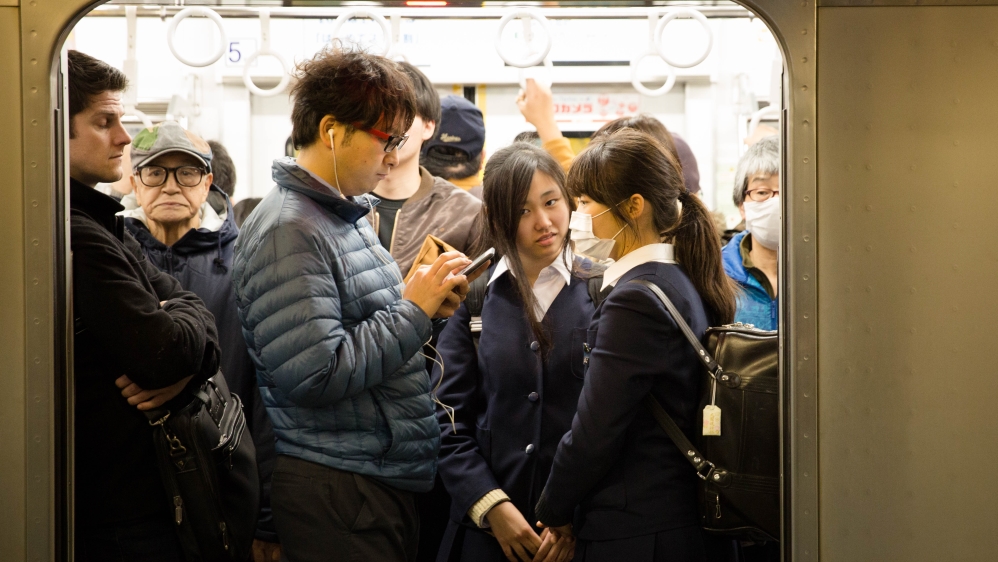Understanding Passion: The Intricate Mosaic of Sexual Life in Asia

Sexual life culture in Asia is a rich and intricate tapestry that embodies a nuanced balance between deeply ingrained traditions and the brisk winds of modernity. This extensive continent, with its varied nations, religions, and belief systems, showcases a wide range of sexual practices, norms, and attitudes that are as diverse as its landscapes, from the bustling cosmopolitan hubs of the Middle East to the tranquil coastlines of the Pacific Islands. Grasping this multifaceted tapestry demands a nuanced outlook that recognizes the profound influences of history, culture, and globalization on romantic relationships and desires.
All over Asia, traditional values still exert considerable influence in shaping sexual life culture. jav porn underscore modesty, chastity, and adherence to societal norms, particularly in rural and conservative communities. The influence of religion, be it Islam, Hinduism, Buddhism, or other faiths, is deeply ingrained in the sexual mores and expectations of diverse regions.
However, the sexual landscape in Asia is far from uniform. Urbanization and globalization have ushered in dramatic changes, nurturing greater openness and multifariousness in sexual attitudes and behaviors. Major urban centers across Asia have experienced the emergence of a more liberal and cosmopolitan sexual culture, characterized by growing acceptance of premarital sex, LGBTQ+ rights, and open discussions regarding sexual health and pleasure.
Modern technology has been a crucial factor in shaping sexual life culture in Asia. The proliferation of smartphones and the internet have redefined dating and sexual relationships. Dating apps, social media platforms, and online forums have established new avenues for individuals to connect, explore their desires, and challenge traditional norms.
One essential aspect of sexual life culture in Asia is the diverse variety of sexual orientations and gender identities. LGBTQ+ communities thrive throughout the continent, each fostering its own unique experiences and challenges. While progress has been made in some Asian countries with respecting LGBTQ+ rights, discrimination and persecution persist in others, bringing attention to the stark disparities in LGBTQ+ experiences across Asia.

Sexual health and education stand as essential components of sexual life culture in Asia. Comprehensive sex education programs have made gradual advancements, though they still encounter limitations in many regions. The lack of education can contribute to misinformation, unintended pregnancies, and the spread of sexually transmitted infections. Advocacy groups and healthcare organizations are diligently aiming to address these gaps and promote awareness of sexual health.
In conclusion, sexual life culture in Asia is a multidimensional and dynamic aspect, shaped by a variety of factors, including tradition, modernity, religion, and globalization. While traditional values still exert their influence in many communities, urbanization and technology are bringing about profound changes, encouraging heightened openness and diversity in sexual attitudes and behaviors. As Asia continues to evolve, discussions regarding sexual life culture will stay central to ongoing cultural and social transformations, as individuals and societies traverse the delicate balance between tradition and progress.
